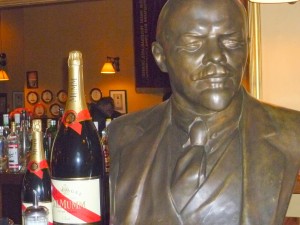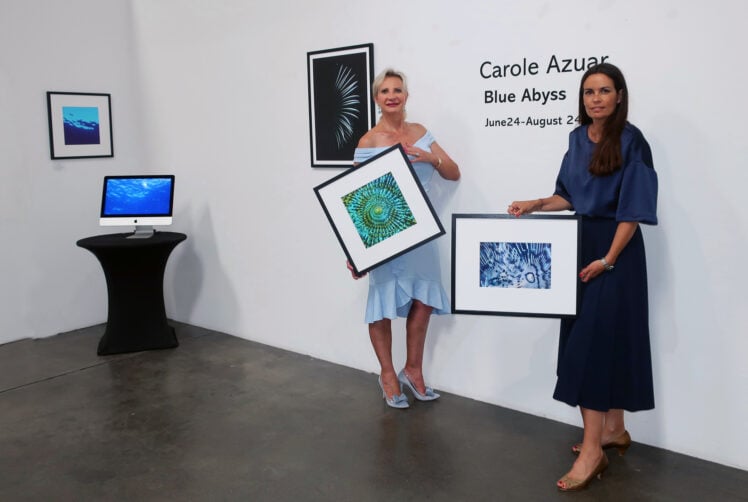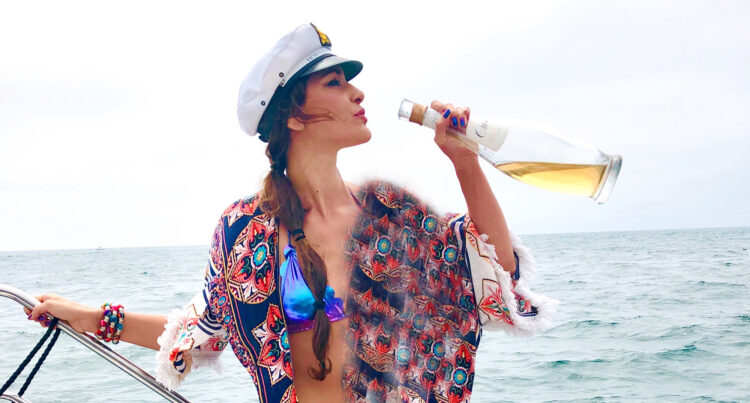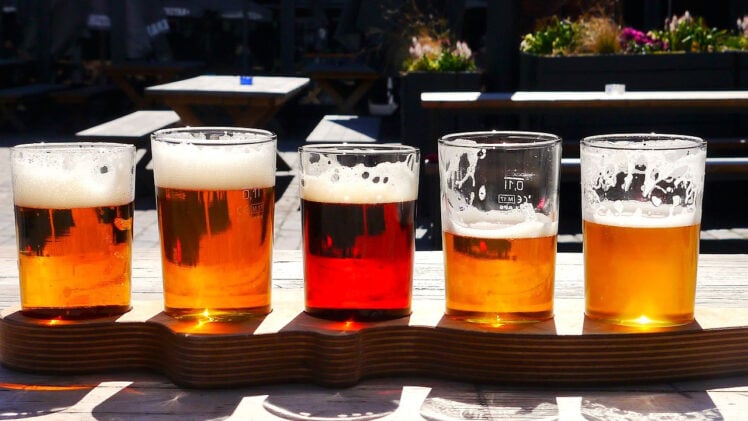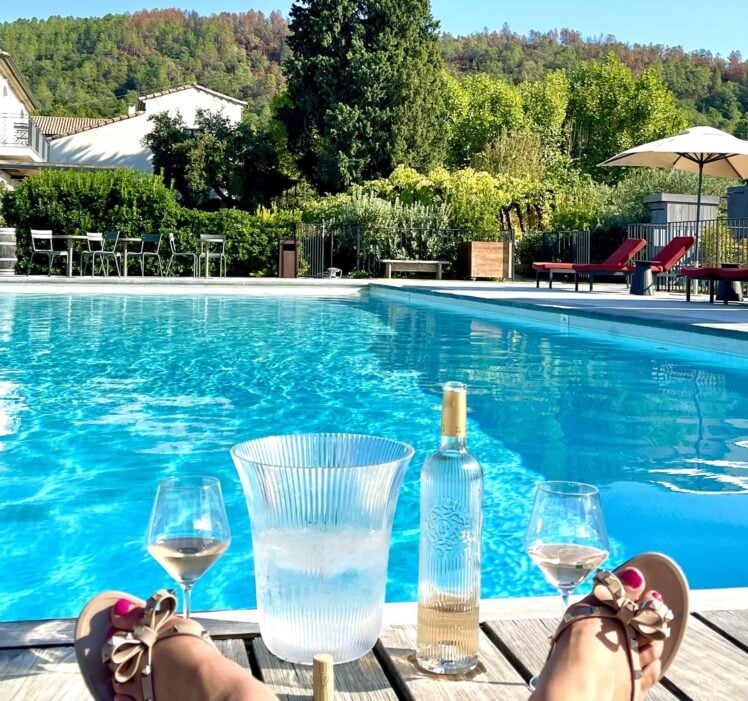The Global Bistro
by André Gayot
Installed in a former butcher shop, where not much has changed since the nineteenth century except for a few recently added scars on the wall to render it even more authentic, Bistrot Paul Bert in Paris must be one of the most bistro-ish bistros of the world and possibly one of the most emblematic. The bistrot — with a ’t’ or without — is now a part of our lifestyle and an indispensible component of a gastronomically civilized city. We are well used to its format: the zinc bar, banquettes, white marble top tables, chalkboard menu, waiters clad in black aprons, steak frites and blanquette de veau, and the house red wine.
A similar setting, and may we say philosophy of joie de vivre and conviviality, reigns in New York’s Millesime, Chicago’s Bistrot Zinc, San Francisco’s Chez Papa Bistrot and Los Angeles’ Bouchon. Traveling on the bistro trail around the world is one way to avoid feeling like a stranger far from home.
But when I recently flew into Auckland on Air New Zealand (which served excellent cuisine), I was a bit fearful that I was derailed from the bistro track. Relief came soon with a glass of 2008 Nevis Bluff Pinot Noir at the Pravda bistro in Wellington. What, “Pravda” is a bistro? Pravda is a Russian word meaning “truth” and, if you remember the communist era, was the name of Moscow’s illustrious daily newspaper filled with more lies than prisoners in the Gulags.
Since we are in the Russian camp, some linguists pretend that the word “bystro” is Russian as well and means “quickly.” It was often pronounced by the Cossacks occupying Paris after the fall of Napoléon in 1815, when they were ordering a glass of Beaujolais and wanted it to be served ASAP.
“Pravda” with its Russian appellation describes itself as an Italian bistro, and, to deepen the mystery, displays a bust of Lenin on the bar close to a bottle of Cordon Rouge Champagne by Mumm. Rouge means “red” in French and the color might make the bubbly drink suitable for a communist. Nobody could explain the cohabitation of so many different elements, if there were any reason for it, nor if Lenin was fond or not of french fries. It would be tempting to conclude that the bistro and the bistro philosophy are a melting pot where the “bons vivants” of any description and nation unite in the celebration of good eating and drinking, all the more the food and the wines (Marisco, Archer McCrea, Soho) were carefully selected and talentedly prepared: melting cured salmon with tobiko crème fraîche with dehydrated beet root chips, and tasty, tender rump of lamb with opea truffle gnocchi. There were superb New Zealand products such as lamb, of course, beef, salmon, oysters, mussels, vegetables, cheeses and fruits beginning with the emblematic kiwi.
Shame on me, who believed New Zealand was a rugby field and discovered lately it was a gastronomic attraction!

